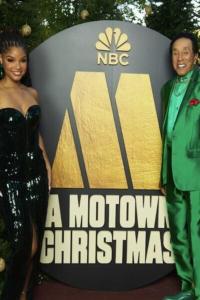Torrent details for "Sayil S. Noise Contamination in Nanoscale VLSI Circuits 2022 [andryold1]" Log in to bookmark
Controls:
External index by SiteBot Verified
Category:
Language:
 English
EnglishTotal Size:
4.43 MB
Info Hash:
899a198b6de1b3d922dd531bf7a50ebf707ed010
Added By:
Added:
15-11-2022 18:47
Views:
78
Health:

Seeds:
1
Leechers:
0
Completed:
53
Textbook in PDF formatExternally indexed torrent If you are the original uploader, contact staff to have it moved to your account
This textbook provides readers with a comprehensive introduction to various noise sources that significantly reduce performance and reliability in nanometer-scale integrated circuits. The author covers different types of noise, such as crosstalk noise caused by signal switching of adjacent wires, power supply noise or IR voltage drop in the power line due to simultaneous buffer / gate switching events, substrate coupling noise, radiation-induced transients, thermally induced noise and noise due to process and environmental Coverages also includes the relationship between some of these noise sources, as well as compound effects, and modeling and mitigation of noise mechanisms.
As CMOS technology advances, circuits are exposed to various noise sources that impact circuit performance and reliability in nanometerscale integrated circuits. The reliability of the integrated circuits is being severely challenged, as many previously negligible noise effects are becoming more prominent, causing significant performance and reliability degradations of nanometer integrated circuits.
Various noise sources exist in a nanometer circuit including crosstalk noise induced by signal switching on neighboring wires, power supply noise on power grid lines due to simultaneous switching events, substrate coupling noise, noise due to process and environmental variations, thermal noise and radiation-induced soft errors. The impacts of these noise sources are far more severe for clock lines since clock signal controls the data processing.
Increasing circuit frequencies and reducing power supply voltages sub-1V make reliability of circuits more challenging due to reduced noise margins of gates. As the number of devices placed on a single chip increase exponentially with the integration, and with GHz range operation frequencies, the stronger and more frequent interactions among neighboring transistors occur leading to stronger noise effects and higher failure rate.
Unlike other textbooks that just cover a single noise mechanism, this textbook covers various noise sources and the relationship between these noise sources and compound effects is also explored. In addition, modeling and mitigation of some of the important noise mechanisms have also been discussed











































